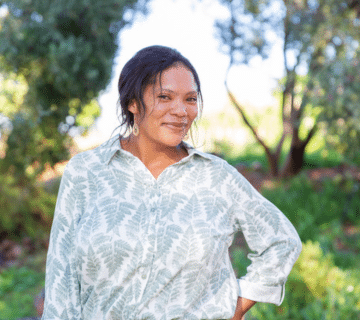Gaze for miles over the African plains, green or gold according to the season but always full of life.
Scroll for more
The Serengeti National Park is one of the most famous safari destinations in the world. Its vast open savanna plains allow wildlife to move according to the commands of the seasonal rains, unbounded by fences. Below is our guide to the Serengeti safari lodges through the park. With the Serengeti National Park at its heart, the Serengeti eco-system comprises much of northern Tanzania. This includes the Ngorongoro Crater and the Masai Mara National Reserve in Kenya.
More than other safari destinations, the best place to stay in the Serengeti depends on when you are travelling. You’ll also need to consider your tolerance towards seeing other safari vehicles. During the peak wildebeest migration, central areas can be busy, but this is also where the spectacle unfolds.
Up to two million wildebeest and half a million zebra live in the Serengeti National Park. Combined with thousands of impala and other antelope, it is the largest concentration of wildlife in the world. Naturally this attracts the predators. But life on the Serengeti is a complex cycle defined by the rains. The Wildebeest migration is actually a continual circular movement of animals as they trek up to 800 km. As the year progresses, they trek north through the Serengeti National Park.
Then most of them cross into the Masai Mara National Park in Kenya in search of new grazing lands. And then as the short rains begin, they head back down again. On the way the wildlife migration spills out into buffer game management zones beside the park where wild animals co-exist alongside the local Masai tribespeople.

Several Tanzania safari operators have focused on luxury mobile camps. These all have the comforts of permanent camps. (So perhaps it is wrong to even call them mobile?) But the whole camp does relocate twice a year. In the summer months they are located in the Southern Serengeti. And then after the long rains of April, they move to the northern part of the Serengeti, effectively following the migration as it heads north. Nomad Tanzania are masters at this, and their Serengeti Safari Camp originally pioneered this concept. But it is now joined by various others such as Asilia's Olakira.
Back to main Tanzania Safari page
